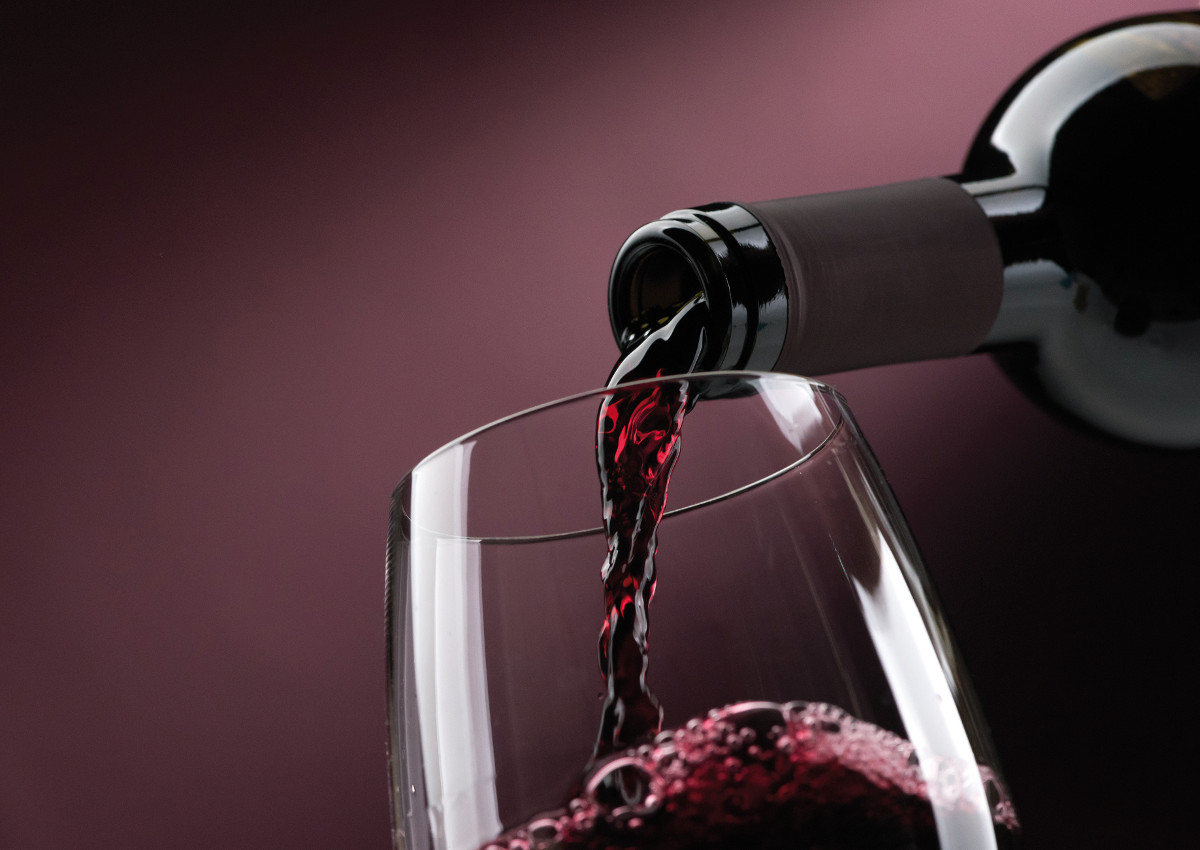The vintage in full swing in Italy is supported by the historical record of exports of Italian wine. In the first five months of 2019, sales grew by 5.4% compared to last year when they reached 6.2 billion euros (on annual basis), making wine Italy’s top exported F&B product. This is what emerges from an analysis by Coldiretti (on Istat data) presented during the presentation of the 2019 harvest forecasts of Ismea, Assoenologi and Unione Italiana Vini.
Production is estimated to reach 46 million hectolitres (-6% on last year) making Italy the world’s leading producer ahead of France (at 43.9 million hectolitres), and Spain (40 million). Production is increasing only in Tuscany (+10%). It is stable in Valle d’Aosta and Molise, while it is decreasing in Lombardy (-30%), Umbria (-24%), Emilia-Romagna and Sicily (-20%), Friuli Venezia Giulia (-18%), Veneto (-16%), Apulia (-16%), Trentino Alto Adige, Lazio, Piedmont and Marche (-15%), Sardinia (-13%), Abruzzo (-11%), Liguria and Basilicata (-10%), Campania (-6%), and Calabria (-3%).

WEATHER CONDITIONS
In Italy, the current conditions bode well for a vintage of good or excellent quality even if the trend of the harvest will depend very much on the rest of September, and October, to confirm forecasts also in terms of quantity. The weather anomalies this year conditioned the grapes. The heat and drought in the first months of spring were followed by abundant rainfall, together with a significant drop in temperature, for most of May, while in the hot summer there were violent waves of bad weather.
QUALITY IN THE SPOTLIGHT
About 70% of Italian production will be for Docg, Doc and Igt wines, as the remaining 30% for table wines. In Italy there are 567 registered high-quality varieties vs. 278 French ones, as a demonstration of the rich heritage of biodiversity on which Italy can count. The first four regions in terms of quantity are Veneto (11.27 million hectolitres estimated), Apulia (8 million), Emilia-Romagna (7.4 million) and Sicily (3.76 million).

ITALIAN WINE: THE EXPORTS DRIVER
This trend was driven by exports, which reached an all-time high thanks to an increase in value of 3.7% in the USA, by far the largest Italy’s customer. In Germany, which comes in second place, sales grew by 5.9%, and by 5% in the UK which ranks third. A boom of +12.2% was recorded in France, while China grew by +6.6%. The most dynamic sector is that of sparkling wines, which show an increase of 7.5%, driven by Prosecco. More than a quarter of sales took place in the UK (28%).
THE RISKS OF BREXIT AND TRADE WARS
This is why the risks of Brexit are much worrying, as well as the trade war that Donald Trump has threatened to unleash against Europe with a 100% increase in duties. It would also affect Italian wines, whose shipments to the U.S. were worth 1.5 billion in 2018.
“With a turnover of over 11 billion euros, Italian wine has grown by betting on its identity, with a decisive turn towards quality that represents a model of reference for the growth of the entire national agri-food industry – said Coldiretti President Ettore Prandini -. Distinctiveness and links with the territory of origin are the winning competitive factors for the entire Made in Italy F&B.”

